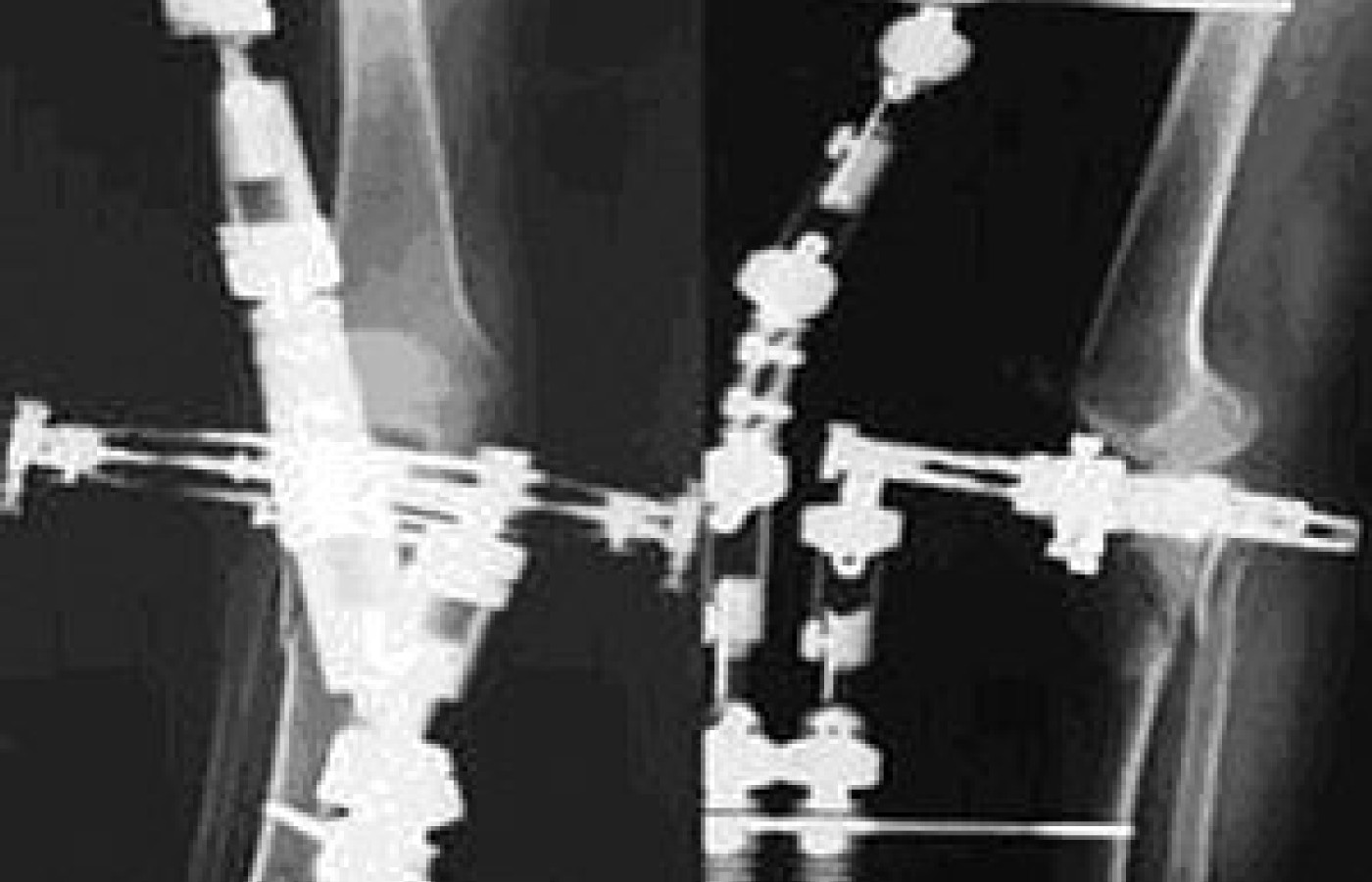New York's highest court of appeals has held that no-fault insurers cannot deny no-fault benefits where they unilaterally determine that a provider has committed misconduct based upon alleged fraudulent conduct. The Court held that this authority belongs solely to state regulators, specifically New York's Board of Regents, which oversees professional licensing and discipline. This follows a similar recent ruling in Florida reported in this publication.
Tibial Plateau Fracture
As I attempt to prepare myself for the ski season, I find I am not as keen as I once was about skiing. Could it be that I am not a good skier? Could it be that I just know so many people whose lives have been affected by skiing injuries - some of them permanent and life-changing? Or is it that I am older and turning into a wimp? The answer is probably all of the above.
I must share with you my most recent case regarding a ski injury. A patient was skiing on relatively flat surface and she caught the outside edge, but her bindings did not release. She injured her knee and was diagnosed at the ER with a ligamentous injury to the knee. Four days later, the clinic at the ski resort told her to get to an orthopedist as soon as possible, because she had a tibial plateau fracture. Finally, a radiologist read the films. In addition to the tibial plateau fracture, there was a miniscal tear and an ACL tear. The fracture was reduced with internal fixation pins and plate, and an external fixation device was used to maintain the stability of the internal fixation. She was not able to weight-bear for 12 weeks. There are devices that can be used to make weight-bearing easier, but in her case, it was not possible.

This is no picnic. Fracture healing time for this injury averages 19 to 21 weeks. An estimated 600,000 ski injuries occur annually. Between 20 and 30 percent of these are knee injuries. Skiers run the risk of tibial plateau fractures because harmful leverage can be exerted on the knee when the skis are wrenched or twisted. Although tibial plateau fractures are thought to account for less than one percent of all ski injuries, they are devastating for the skier if not accurately diagnosed and properly treated. More than half of the tibial plateau fractures have an associated lateral meniscal tear.

Note the six types of tibial plateau fractures pictured above. The more severe types are certainly easily visualized on plane films, but a very subtle type I or type II can be difficult to visualize. Remember that with fractures of this type, one must consider the other soft-tissue structures that often are injured, including the ACL and the meniscus.
Knee fractures involving the top of the tibial plateau are more common than previously thought - they occur mainly among women and mainly on the intermediate slopes. In a study released at the 27th Annual Meeting of the American Orthopaedic Society for Sports Medicine (AOSSM), held in Keystone, Colo., June 28-July 1, 2001, researchers studied 110 consecutive tibial plateau fractures diagnosed at the Vail Valley Medical Center during the 1998-1999 ski season, to determine incidence of injury and to compare fracture patterns with physical variables and environmental conditions. They found that intermediate-level skiers on intermediate difficulty trails incurred most of the injuries under moderate conditions. This is contrary to the assumption that many skiing accidents are caused by experts pushing their limits, or by beginners who sustain major injuries because they choose trails and conditions beyond their ability level. "Tibial plateau fractures occur in average skiers who ski average trails on an average day."

Researchers also found that women incurred three times as many tibial plateau fractures as men; however, the men's injuries were more severe. They speculate that women have weaker, osteoporotic bones that are more susceptible to plateau fractures from biomechanical overload.
The injury typically involved a twisting fall in the afternoon when snow conditions were becoming more challenging and fatigue was starting to set in. The key here is the fatigue. Quit before the fatigue sets in; don't push to your limit. You want to be able to ski the next day. Hey, forget skiing, being able to walk the next day sounds good to me!
Deborah Pate, DC, DACBR
San Diego, California
patedacbr@cox.net



